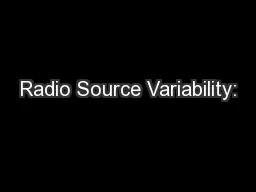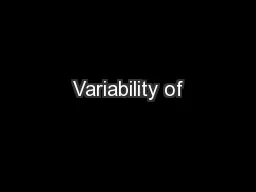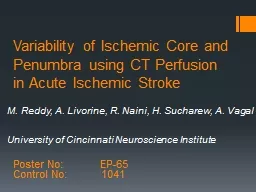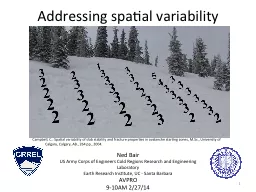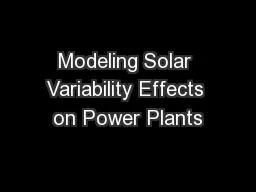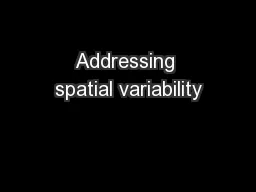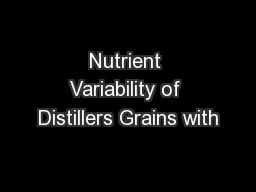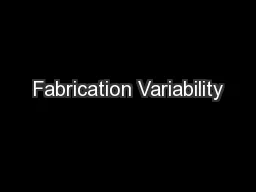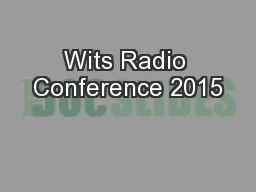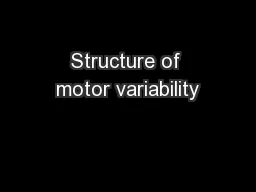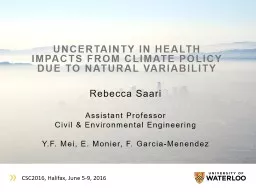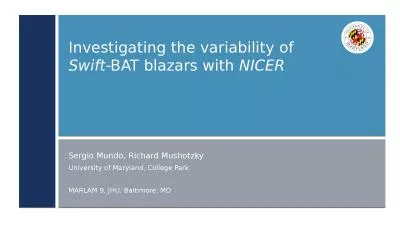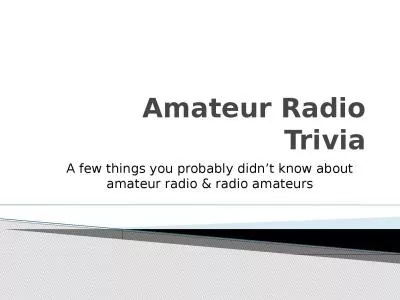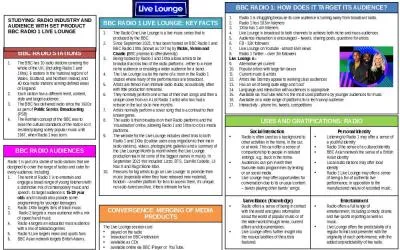PPT-Radio Source Variability:
Author : debby-jeon | Published Date : 2017-10-27
a tale of 1965 Leonid Gurvits Ken Kellermann JIVE and TU Delft NRAO The Netherlands USA w ith contributions by Mikhail Larionov and Alexander Midler
Presentation Embed Code
Download Presentation
Download Presentation The PPT/PDF document "Radio Source Variability:" is the property of its rightful owner. Permission is granted to download and print the materials on this website for personal, non-commercial use only, and to display it on your personal computer provided you do not modify the materials and that you retain all copyright notices contained in the materials. By downloading content from our website, you accept the terms of this agreement.
Radio Source Variability:: Transcript
Download Rules Of Document
"Radio Source Variability:"The content belongs to its owner. You may download and print it for personal use, without modification, and keep all copyright notices. By downloading, you agree to these terms.
Related Documents

